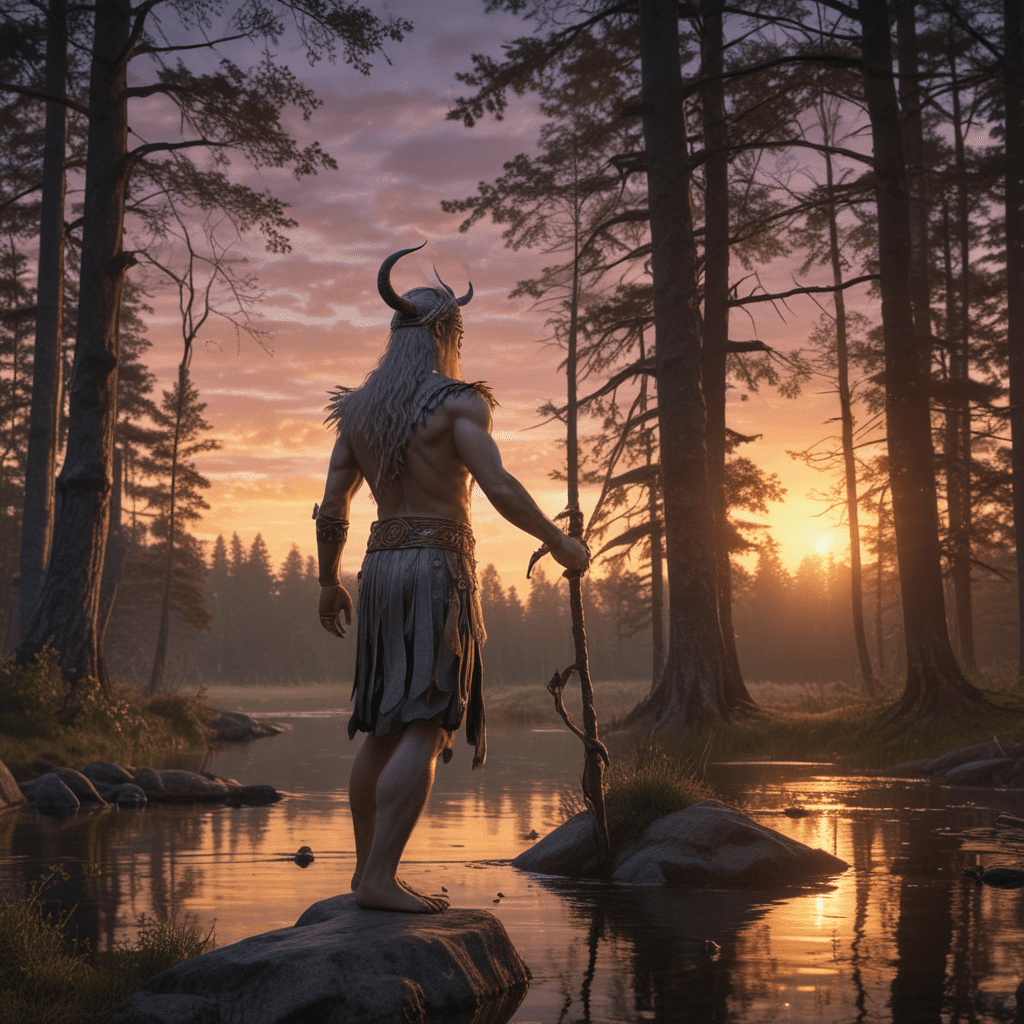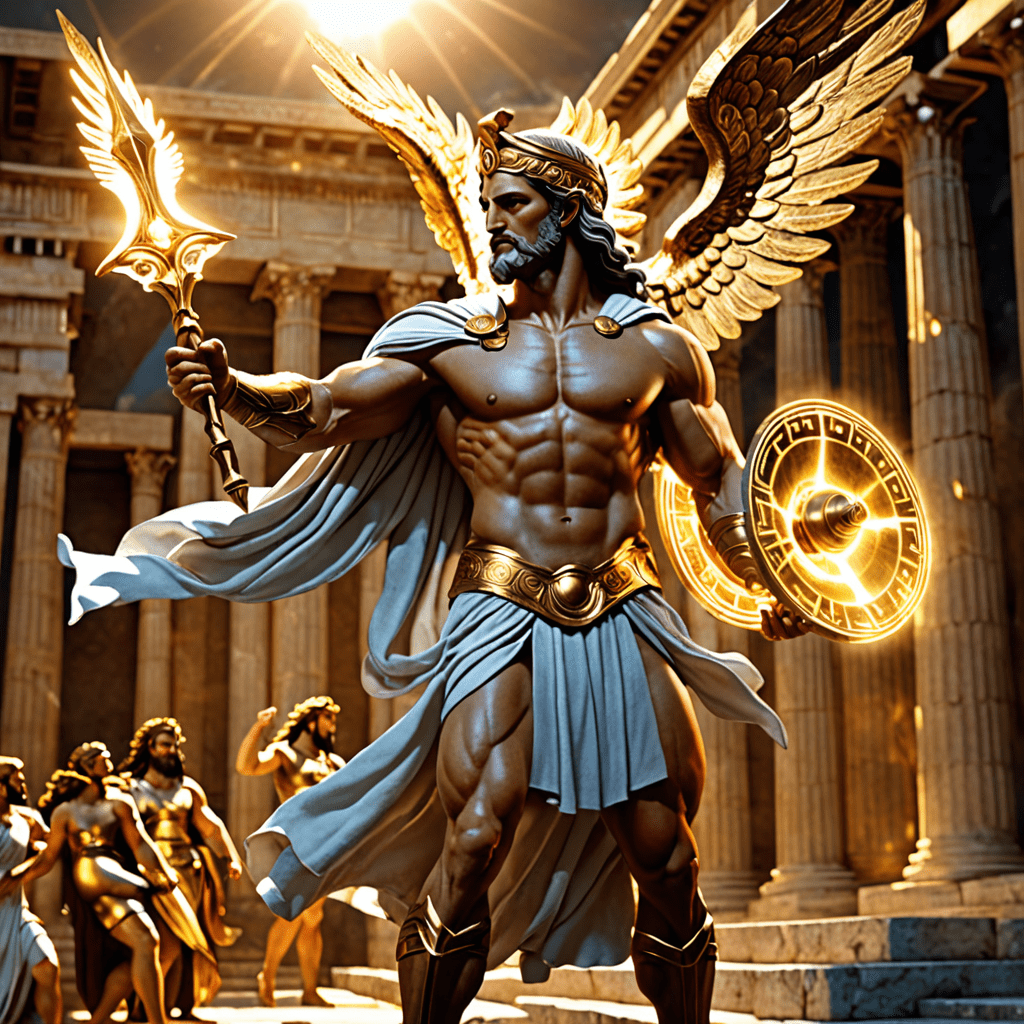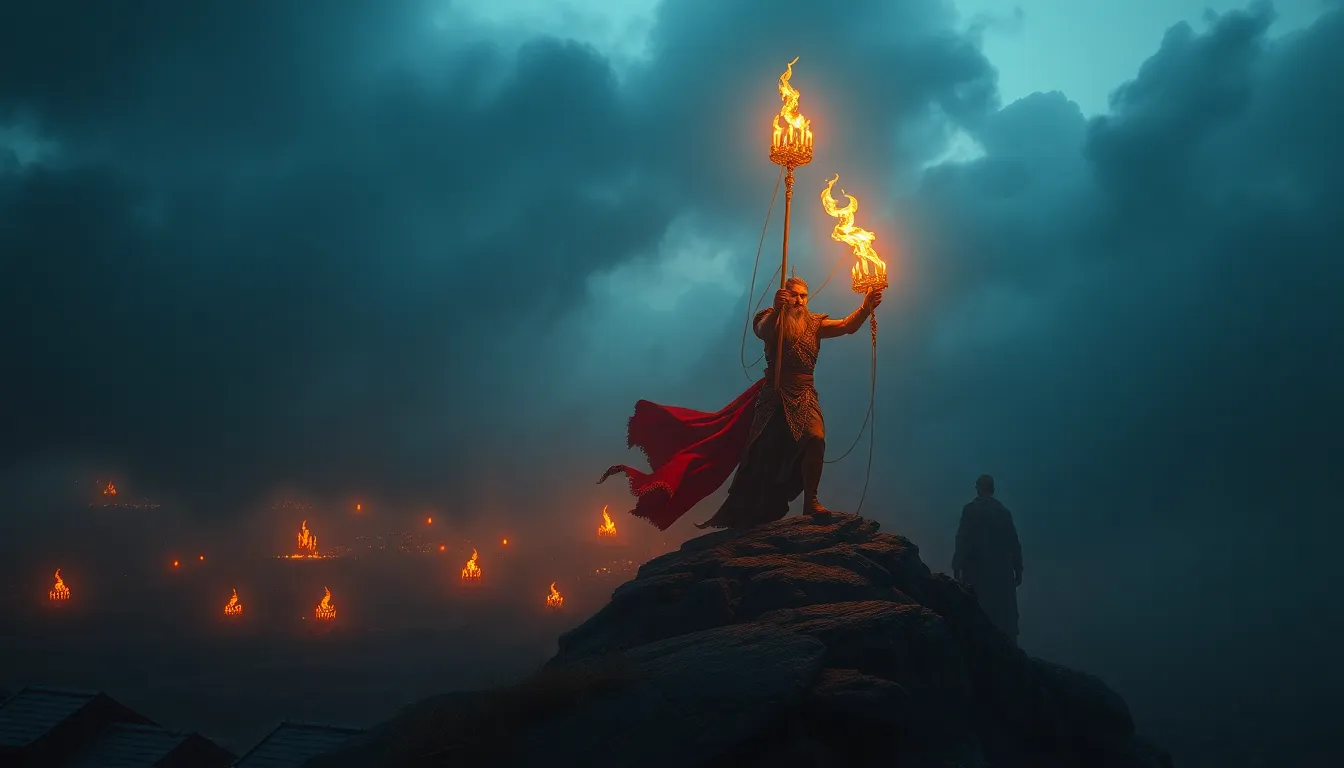Coyote, Raven, and More: Animal Tricksters in Myth
Introduction to Animal Tricksters in Mythology
Animal tricksters are fascinating figures present in the mythologies of various cultures around the world. These characters often embody a dual nature—both mischievous and wise—leading to a complex role in storytelling. Tricksters serve as catalysts for change, challenge social norms, and often teach important lessons through their cunning and unpredictable behavior.
Trickster figures can be found across cultures, with each embodying unique traits that reflect the values, beliefs, and struggles of the societies from which they originate. From Coyote in Native American tales to Anansi in African folklore, these characters continue to resonate with audiences, offering insights into human nature and societal dynamics.
The Role of Coyote in Native American Mythology
Coyote is one of the most celebrated trickster figures in Native American mythology, particularly among tribes in the southwestern United States. He is often depicted as a creator and culture hero, embodying the qualities of wit, cunning, and adaptability.
In many stories, Coyote takes on the role of a creator, shaping the world and its inhabitants through his actions. However, his trickster nature often leads to chaos, illustrating the balance between order and disorder. Notable tales include:
- Coyote and the Creation of the World: In this myth, Coyote plays a pivotal role in bringing light to the world by tricking the darkness.
- The Coyote and the Buffalo: This story explores Coyote’s cleverness as he outsmarts a powerful buffalo, teaching lessons about humility and respect.
These myths impart valuable lessons about the consequences of one’s actions and the importance of balance in life.
Raven: The Shape-Shifting Trickster of the Pacific Northwest
In Pacific Northwest cultures, Raven is revered as both a trickster and a creator. This figure is known for his shape-shifting abilities and his role in the creation of the world and its inhabitants.
Raven’s dual nature is highlighted in various myths, where he often outsmarts other beings to achieve his goals. Key stories include:
- Raven Steals the Sun: This myth narrates how Raven tricked the old man who kept the sun hidden, bringing light to the world.
- Raven and the First People: In this tale, Raven transforms into a human to bring humanity into existence, showcasing his creative powers.
The cultural implications of Raven’s stories reflect themes of transformation, the interplay between light and darkness, and the complexity of creation.
Anansi: The Spider Trickster of African Folklore
Anansi is a well-known trickster figure in African folklore, particularly among the Akan people of Ghana. Often depicted as a spider, Anansi possesses intelligence and resourcefulness, using his wits to navigate challenges.
Some notable stories of Anansi include:
- Anansi and the Sky God: This tale highlights Anansi’s cleverness as he negotiates with Nyame, the sky god, to acquire stories for his people.
- The Tales of Anansi and His Sons: These stories illustrate the lessons learned by Anansi’s sons as they navigate their father’s cunning behavior.
Anansi’s impact extends beyond African folklore, influencing Caribbean cultures through the transatlantic slave trade, where his stories became a symbol of resilience and cunning in the face of adversity.
The Fox in Global Mythologies
The fox is another prominent trickster figure found in various mythologies around the world. Often associated with cunning and intelligence, foxes appear in stories from regions such as Japan, Europe, and North America.
For instance:
- Japanese Folklore: In Japan, the fox (kitsune) is known for its shape-shifting abilities and is often depicted as a protector or deceiver.
- European Folklore: In many European tales, the fox is portrayed as a clever character who outsmarts larger animals, often teaching lessons about intelligence over brute strength.
Comparative analysis of these tales reveals a common theme: the cleverness of the fox often leads to moral lessons about wisdom, deception, and the nature of truth.
Br’er Rabbit: The Clever Trickster of African American Folklore
Br’er Rabbit is a famous trickster figure in African American folklore, originating from the stories brought over by enslaved Africans. His adventures often highlight themes of resistance, cunning, and survival in the face of oppression.
Some key elements of Br’er Rabbit’s stories include:
- The Tar-Baby: In this well-known tale, Br’er Rabbit outsmarts Br’er Fox by tricking him into getting stuck to a tar figure, showcasing his cleverness.
- Br’er Rabbit’s Escapes: Many stories involve Br’er Rabbit using his wits to escape from dangerous situations, symbolizing resilience and the struggle for freedom.
These stories reflect the cultural significance of trickster figures in African American communities, serving as symbols of hope and resistance.
The Role of Tricksters in Teaching Moral Lessons
Trickster tales often serve a didactic purpose, imparting moral lessons through the misadventures of their protagonists. Common themes found in these narratives include:
- **The Consequences of Deception:** Many stories illustrate how trickery can lead to unforeseen consequences.
- **The Importance of Wit and Intelligence:** Tricksters often rely on their cleverness to navigate challenges, emphasizing the value of intellect over brute force.
- **The Dual Nature of Life:** Tricksters embody both chaos and order, teaching that life is a balance of opposites.
Through humor and clever plots, these tales engage audiences and prompt reflection on ethical dilemmas and human behavior.
The Psychological and Sociological Interpretation of Trickster Archetypes
Tricksters are not only entertaining characters; they also serve as reflections of societal norms and conflicts. Their behavior often challenges established rules and expectations, prompting audiences to reconsider their beliefs.
Psychologically, tricksters embody the archetype of the rebel, representing the desire for freedom and the questioning of authority. This behavior can be interpreted as a response to societal pressures, highlighting the complexity of human nature.
Modern Interpretations of Animal Tricksters in Literature and Media
In contemporary literature and media, animal tricksters continue to thrive, evolving to reflect modern society. Examples include:
- Literature: Books such as “The Tale of Despereaux” and “The Wind in the Willows” feature clever animal characters that navigate challenges with wit.
- Film and Television: Movies like “Zootopia” and series such as “Fox and the Hound” highlight themes of cunning and adaptability in animal protagonists.
The evolution of trickster figures in popular culture underscores their enduring relevance, as they continue to resonate with audiences and provide commentary on contemporary issues.
Conclusion: The Enduring Legacy of Animal Tricksters in Human Storytelling
The legacy of animal tricksters in mythology is profound, offering rich insights into human nature, societal dynamics, and moral lessons. Characters like Coyote, Raven, Anansi, and Br’er Rabbit remind us of the complexities of life and the importance of resilience and intelligence in navigating challenges.
As we continue to tell and retell these stories, tricksters remain relevant in today’s society, encouraging us to reflect on our own behaviors and the world around us. Their enduring appeal lies in their ability to challenge conventions and inspire change, making them timeless figures in the tapestry of human storytelling.




